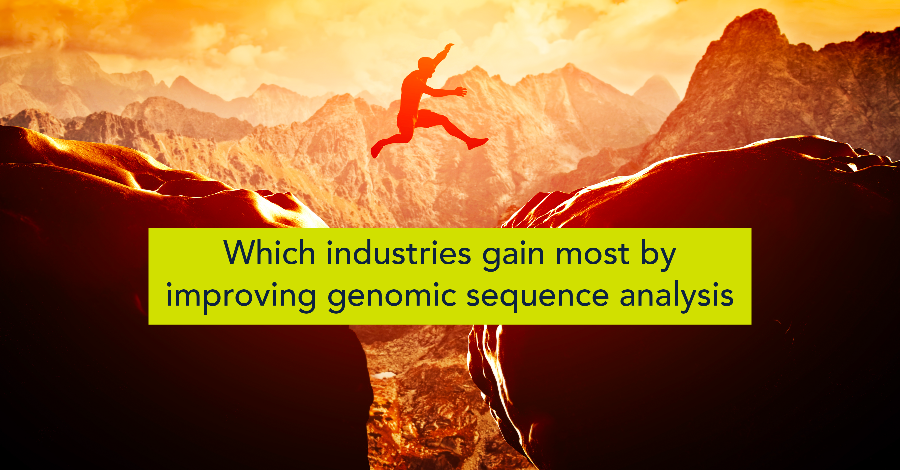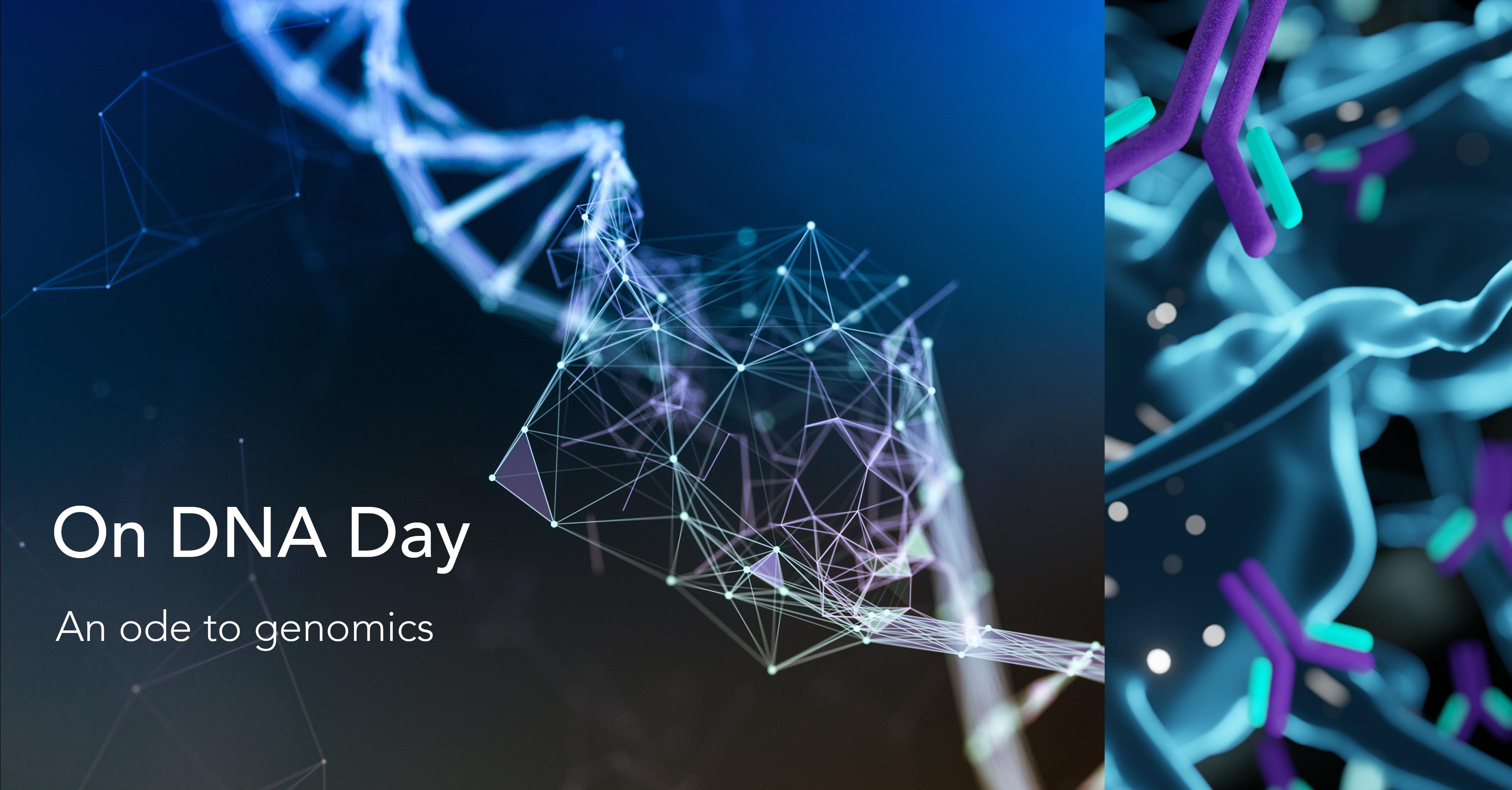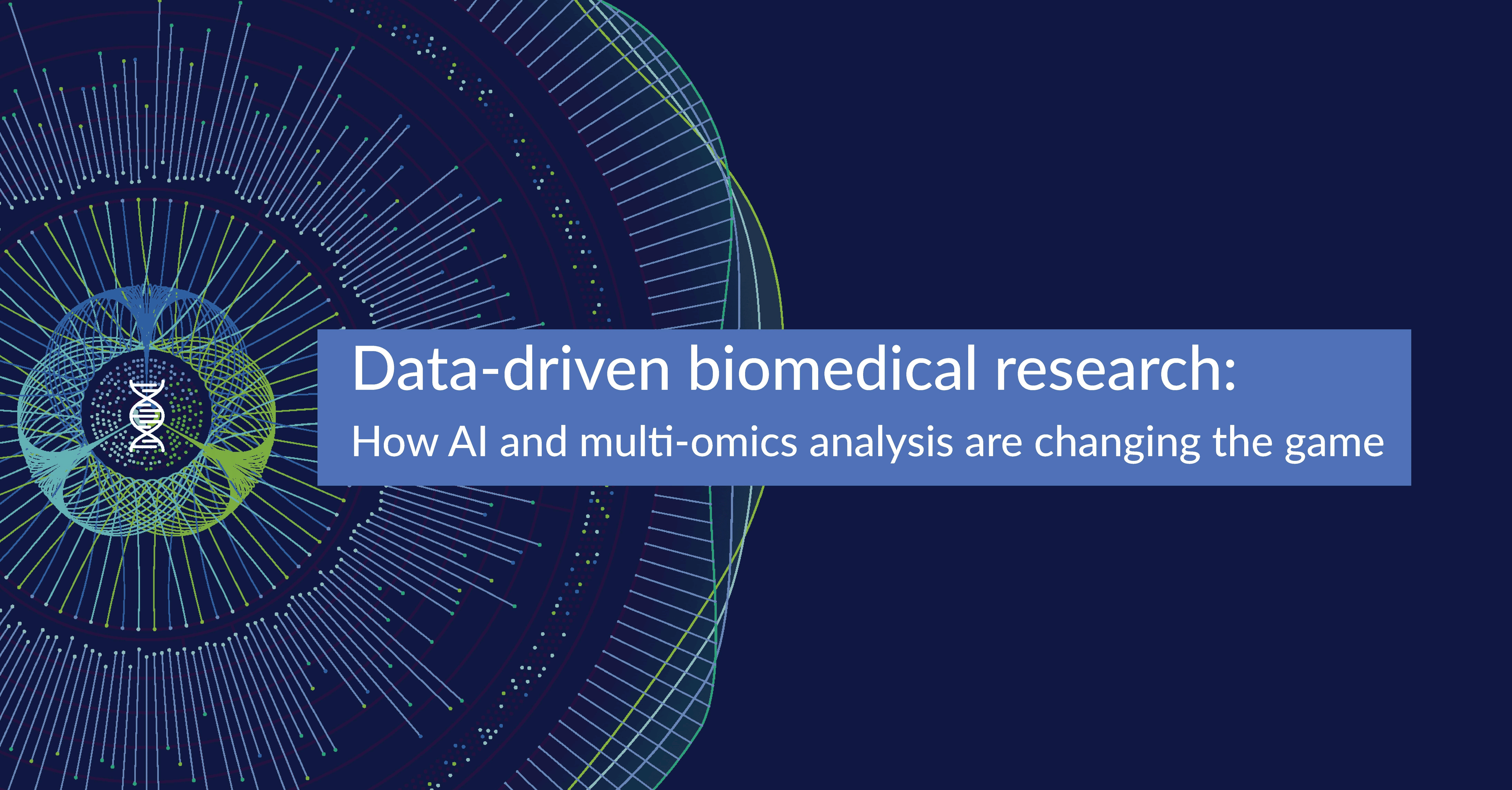Which industries gain most by improving genomic sequence analysis

Thanks to genomic sequence analysis, we have access to a significant amount of data that contains information about DNA, RNA, and peptide sequences’ functions and structure.
This type of analysis revolutionises the discoveries made in several science fields, such as agriculture, cosmetics, and medicine. In this post, we will cover some examples of the connections with these industries.
Genomic sequence analysis in Medicine
In the specific case of genomic medicine, the information gathered from genomic analysis is paramount to understand several parts of patient-related health care, such as diagnostic, therapeutic decision-making, and possible health outcomes. Genomic analysis and research is deeply involved in the pharmacology and oncology fields. Furthermore, it's used to understand neurodegenerative diseases, rare diseases, infectious diseases and the role of mutations and variants in development of disease.
The Human Genome Project (HGP), initiated in 1990 and completed in 2003, allowed us to read the genetic "blueprint" for the human being, giving us an extraordinary view on and knowledge of the association between biology and diseases. Since the completion of the HGP, exciting finds related to "precision medicine" have been made, untapping many opportunities to use a large amount of data gathered to target genetic disorders and tailor treatments to one’s genetic make-up.
Improved genomic analysis could be even more useful to understand the risk of development of some diseases for the family members of patients, and more quickly diagnose patients with rare diseases. When it comes to pharmaceuticals, improved genomic analysis could enable researchers to develop treatments through a more accurate and efficient process, rather than a significant effort for trial and error and manual disease comparison and contrasting to find relevant complementary treatments.
Agriculture and Genomic analysis
In the agricultural field, this type of analysis is used in animals and plant genomes to allow for plant breeding, make crossovers, improve plant varieties, and food production processes. Furthermore, it is used to evaluate germplasm, phylogenetics, and screening of transformants.
Plant breeding using genomic tools is also known as molecular breeding, and many traits of the plants are controlled by some genes with unknown functions. Unraveling the role of genes with unknown functions is a major challenge.
As climate change begins to more rapidly affect our global food supply, the agricultural industry must find ways to identify genes that can improve resiliency in crops, for example. When time is of the essence, a better way to analyse genomic data is crucial.
The connection between skin and genomic analysis
Genomic analysis has provided significant insights into the cosmetic sector as well, as it's massively used for testing, formulations, and understanding the connection between genes and skin attributes.
Dermatology is a field that significantly benefits from genomics, as it is using the study of genes to understand the changes of the skin in the aging process, in investigating how topical agents can affect the process of aging skin, and what is the effect of skin products in relation to photodamage.
As we learn more about the long-term effects of some chemical agents, both on health and the environment, dermatology researchers are searching for new methods for medicinal and cosmetic skin treatments that rely on real, accurate science. Better genomic analysis can help to create such remedies and improve the integrity of the ingredients used in products.
The importance of improving current genomic analysis
Genomic research has given us the chance to progress our knowledge and make better decisions in many domains and industries from health care and life sciences to sustainable food productions.
Being able to analyse the massive amounts of omics data correctly, significantly influences the consequences related to possible discoveries. Accurate data analysis makes for accurate discoveries and advancement in science.
Genomic sequence analysis is a procedure that typically takes long hours and highly skilled personnel. Because all the data reside in silos, the process of analysis is divided into a series of operations, requiring different pipelines which are hyper-focused, making the process dispersive and less efficient. Moreover, the current algorithms behind sequence analysis require substantial computational resources and do not provide us with a truly scalable solution for processing the typical copious amounts of data.
The research field needs a powerful method that is intuitive, accurate, cost-effective, scalable and much faster than the usual genomic analysis procedures with omics data by reducing the analysis's complexity and reducing the number of steps required. With a better methodology, we avoid inaccuracies and aid with the challenges faced by genomic research across all industries and can resolve the current methodology’s weaknesses.
The current omics data analysis methodology undoubtedly has contributed to important finds in the scientific community. However, as we realised that data analysis couldn't keep pace with data generation, BioStrand felt an urgent need to overcome the slowdowns related to an imprecise method to be able to unlock the potential of new scientific breakthroughs.
Finally, we are able to present an integrated solution in which new data can be compared with multiple existing datasets to find out new connections between DNA, RNA, and protein levels, all by easily maintaining oversight of the results in an easy and faultless way.
Picture source: AdobeStock © Photocreo Bednarek 332361988
Subscribe to our Blog and get new articles right after publication into your inbox.
Subscribe to our blog:






